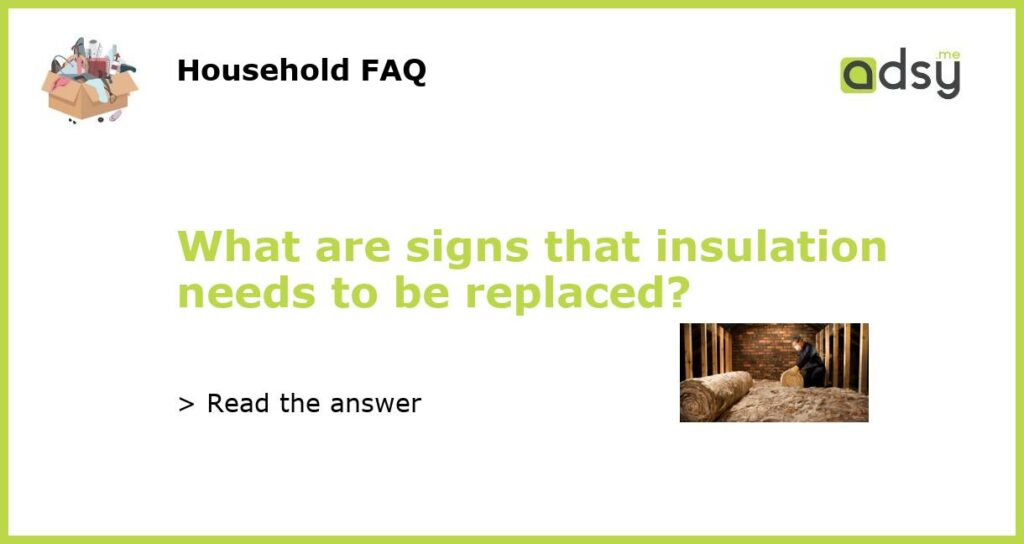Signs that insulation needs to be replaced
Insulation plays a crucial role in maintaining the temperature and comfort level of a building. Over time, however, insulation can become worn out and less effective. Knowing the signs that your insulation needs to be replaced can help you ensure that your home or office remains energy-efficient. Here are five signs that your insulation may need to be replaced.
High energy bills
If you’ve noticed a significant increase in your energy bills, it might be a sign that your insulation needs to be replaced. Insulation that has become worn out or damaged can allow air to escape, forcing your heating or cooling system to work harder to maintain a consistent temperature. As a result, your energy bills may skyrocket. By replacing your insulation, you can prevent energy loss and reduce your overall energy costs.
Uneven temperature
Do you find that certain rooms in your building are significantly colder or hotter than others? This could be a sign that your insulation is no longer doing its job effectively. When insulation becomes damaged or worn out, it can develop gaps and spaces where air can leak through. As a result, you may experience uneven temperature distribution within your building. By replacing your insulation, you can ensure that your building remains comfortable and that temperature is evenly distributed.
Drafts and air leaks
Feeling drafts or noticing air leaks in your building is a clear indication that your insulation needs to be replaced. When insulation becomes damaged, it can create gaps and holes where air can escape or enter. These drafts and air leaks not only compromise the comfort of your space but also allow outside pollutants and allergens to enter. By replacing your insulation, you can eliminate these drafts and air leaks, creating a more energy-efficient and healthy environment.
Pest infestations
If you’ve noticed an increase in pest activity in your building, it could be due to faulty or damaged insulation. Insulation that has deteriorated can create openings for pests to enter your building and create nests. Rodents, insects, and other pests can damage your insulation even further, compromising its effectiveness. By replacing your insulation, you can seal off these entry points and prevent further pest infestations.
Mold and moisture issues
Mold and moisture issues are clear signs that your insulation needs to be replaced. Moisture can seep into your insulation through leaks or condensation, creating an ideal environment for mold growth. Mold can lead to serious health issues and compromise the structural integrity of your building. If you notice a musty smell, water stains, or mold growth, it’s essential to address the issue promptly and replace your insulation.

